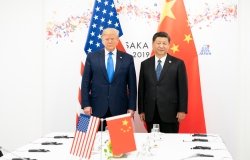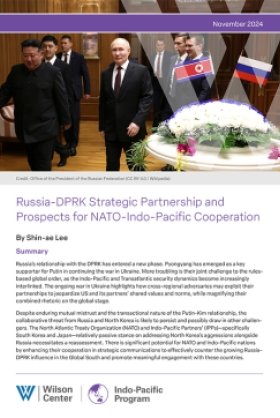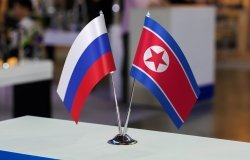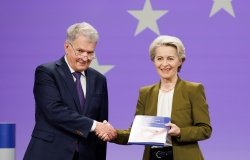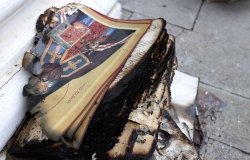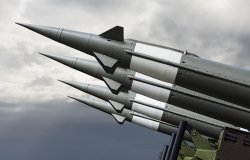Going to Zero With Weapons of Mass Destruction: Lessons From the Chemical Weapons Convention
Ambassador Rogelio Pfirter, Director-General, Organization for the Prohibition of Chemical Weapons
Overview
Speaker: Ambassador Rogelio Pfirter, Director-General, Organization for the Prohibition of Chemical Weapons
This meeting, jointly sponsored by the Center's International Security Studies, the Los Alamos National Laboratory, and Global Green USA, was another in the ongoing Nonproliferation Forum series.
Ambassador Pfirter praised the U.S. government's Cooperative Threat Reduction (or Nunn-Lugar) Program that since the end of the Cold War has provided funding to Russia to secure and destroy not only nuclear stockpiles but chemical weapons and biological pathogens as well. In late May, Russia opened the Shchuchye Chemical Weapons Destruction Facility in Siberia, which was constructed, in part, with CTR funds. Pfirter noted that this development occurred against the backdrop of U.S.-Russian negotiations to further reduce strategic nuclear forces, as well as President Obama's call for U.S. ratification of the Comprehensive Test Ban Treaty and his "bold new commitment to the vision of a nuclear weapons-free world."
As the international community addresses the challenge of "going to zero" with weapons of mass destruction, Pfirter's addressed whether the experience with the implementation of the Chemical Weapons Convention (CWC) offers pertinent lessons. He observed that the CWC was "the first and only treaty ever designed to eliminate an entire class of WMDs." The convention to abolish chemical weapons took nearly a century to realize. Negotiations to proscribe poison gas began with the Hague Convention of 1899, but then collapsed with World War I, during which chemical weapons were extensively used on the battlefield. The Geneva Protocol of 1925 banned the use of chemical weapons, but not their production and stockpiling. Saddam Hussein used chemical weapons during the Iran-Iraq war and against the Kurds in the 1980s. With the end of the Cold War, coming in the wake of the Iran-Iraq war, the United States and Russia led multilateral diplomatic efforts that culminated in the Chemical Weapons Convention, which entered into force in April 1997.
188 countries, accounting for 98% of the world's population and chemical industry, are now signatories to the CWC. Russia, the largest possessor of chemical weapons (40,000 metric tons), has destroyed nearly a third of its stockpile over the last six years. The United States, the second largest possessor (28,600 metric tons) has eliminated 60% of its chemical agents. Seven states remain outside the treaty—Angola, Egypt, Israel, Myanmar, North Korea, Syria, and Somalia.
The CWC has several characteristics that may be relevant as proposals to abolish other categories of WMD are considered, Pfirter stated. First and foremost is the CWC's comprehensive nature: it mandates a total ban on the production, stockpiling, or use of chemical weapons. Second, the CWC is non-discriminatory: all signatory states, those that possess chemical weapons and those that do not, have the same obligations. And third, the CWC has required a precedent-setting partnership with industry for implementation and verification of the agreement.
Pfirter noted rising concern about terrorists—"non-state actors"—acquiring chemical weapons. That potential threat highlights the CWC's important work in assisting states to eliminate proscribed chemical agents and to safeguard sensitive technologies so that they do not fall into the wrong hands. That role is recognized in UN Security Council Resolution 1540, which addresses the obligations of UN member states in preventing WMD terrorism.
Robert Litwak, International Security Studies
Thank you for your interest in this event. Please send any feedback or questions to our Events staff.
